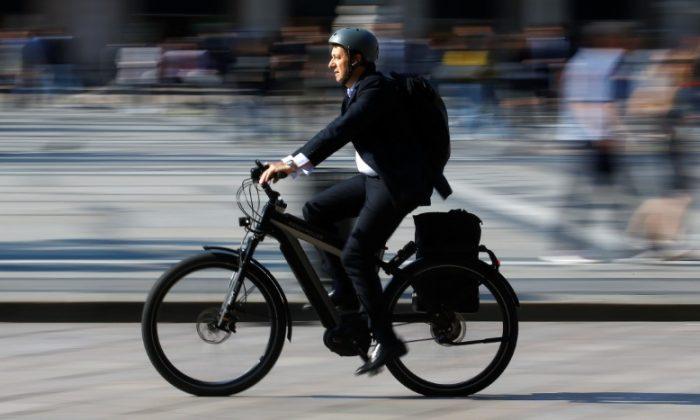Walking and cycling gained a higher profile than ever in 2020 as a result of the pandemic. Governments around the world encouraged individuals to go on foot or take their bikes where possible instead of using crowded public transport and invest in widescale cycling infrastructure to help them do so.
The Advantages of E-Bikes
Requiring less effort to ride, e-bikes allow the user to carry more cargo than conventional cycles, and are often used for utilitarian purposes, such as shopping or commuting, as well as for recreation. E-bike owners have been found to cycle more frequently and for longer distances than conventional cyclists.A Replacement for Cars
Car travel is an essential part of everyday life for many people, but has a major impact on the environment through air pollution, particularly from congested traffic. As half of all car journeys in the United Kingdom are between 1 and 5 miles in length, substituting many of them with e-cycling is an achievable aim.Who Benefits From E-Bikes?
We have also researched the health benefits of e-bikes in a 2018 systematic review of studies. In 17 studies involving a range of groups, we found that e-cycling provided physical activity of at least moderate intensity, which was lower than the intensity elicited during conventional cycling, but higher than that during walking. E-cycling can therefore contribute to meeting physical activity recommendations and increasing physical fitness.Most people who aren’t regularly active could benefit from e-cycling. However, for those with health conditions such as obesity or Type 2 diabetes, who may particularly benefit from physical activity but often find it difficult, e-cycling may be an important way to become more regularly active.
The Future of E-Bikes
There is now increasing interest in the potential of e-bikes for other people who are recommended more physical activity but find this hard to achieve, such as those recovering from cancer. We can see a future in which doctors could prescribe e-cycling to patients, with a provision to buy bikes at reduced cost or spreading out the payments.Although it has been a difficult year, there may be a small silver lining to the pandemic. With fewer of us commuting, and less motorized travel overall, the pandemic has driven a change in physical activity behavior and raised awareness of traffic congestion and air pollution.
With many of us exploring or re-discovering ways to be active outdoors and cut down on motorized transport, the future is bright for e-cycling. With the development of smaller and more efficient batteries, e-bikes will become lighter and have a longer range of travel, and will become a common sight on our streets.
Providers of e-bikes often refer to the e-bike smile—the look of joy on people’s faces when they try one for the first time. Try to remember how it felt when a parent held the back of your bike saddle and whizzed you along—the feeling is very similar.
If you haven’t yet tried an e-bike, we would encourage you to do so. They are great fun, will make becoming healthy a lot easier, and you may have a reason to look back on something positive from 2020.

